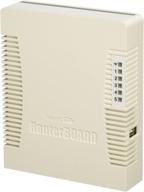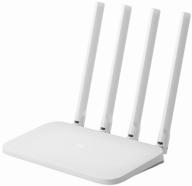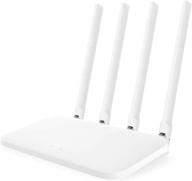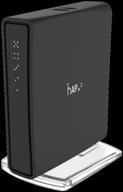
Review on Peplink Balance One Core: Ultra-Fast 600Mbps Dual-WAN Router (BPL-ONE-CORE) by Andy Syla

Avoid Upgrading SpeedFusion
One of the features of this router compared to the BPL-20 is that it supports SpeedFusion, Peplink's patented bandwidth aggregation technology. If you have multiple 4G LTE lanes, SpeedFusion is a way to combine them for gigabit speeds like 5G NR. In theory. In practice, Balance One is artificially limited to a maximum encrypted bandwidth of 30Mbps even if you have a 200Mbps hotspot. This is a built-in software limitation, as the high-end BPL-210 has the same processor and specs but almost triples the VPN throughput (80Mbps). Peplink has structured its offerings to scam as much money out of the deal as possible: to get true gigabit speeds, you need to buy their most expensive routers, which can cost upwards of $10,000 each. However, the real reason I don't recommend upgrading isn't the slow speed. The SpeedFusion upgrade will cost you $900 and the WAN 3-6 upgrade will cost you an additional $100. The total is around $1500, which is actually less than the prices I've received from certified partners for the BPL-210 with WAN 3 upgrade. This is the only Peplink router that actually costs more for fewer features after a full upgrade. than the next model. There's no excuse for that, especially when you know that the performance is the same as the BPL-210. At a minimum, Peplink needs to increase the bandwidth of the SpeedFusion Balance One if they want to encourage customers to purchase an additional upgrade.
- Networking Products
- Disappearing
New products
Comments (0)
Top products in 📶 Wifi Routers
Another interesting products
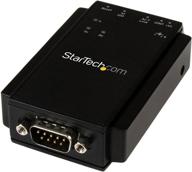
🔌 StarTech.com NETRS232 Serial to IP Ethernet Device Server - DIN Rail Mountable - Serial Device Server - Serial Over IP Device Server (Black)

4 Review
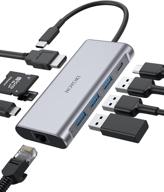
🔌 HOYOKI 9 in 1 USB C Hub Adapter: Ethernet 1000Mbps, 4K HDMI, 3 USB 3.0 Ports, 5Gbps USB-C Data, 100W PD Thunderbolt 3, SD/TF Slots for MacBook, Dell XPS and More Type C Devices

6 Review

iVANKY MacBook Pro Docking Station, 9-in-2 USB C Hub Adapter with 4K Triple Display, 100W PD3.0, Ethernet, 2 HDMI, USB-C 3.0, 2 USB-A 3.0, SD & TF for MacBook Pro/Air

9 Review
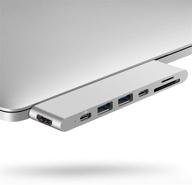
💻 MacBook Purgo Adapter 2020/2018/2016/2016

4 Review


